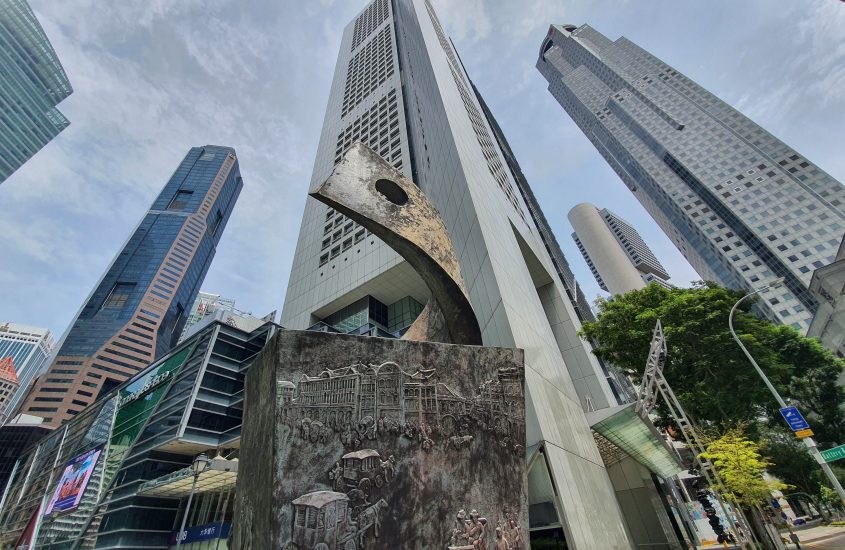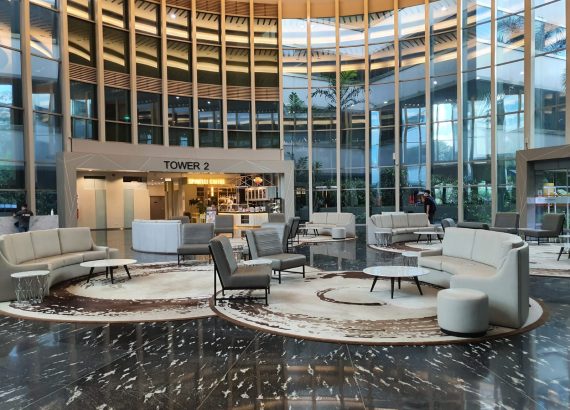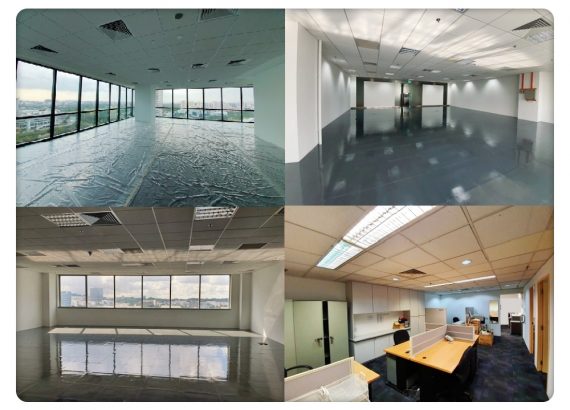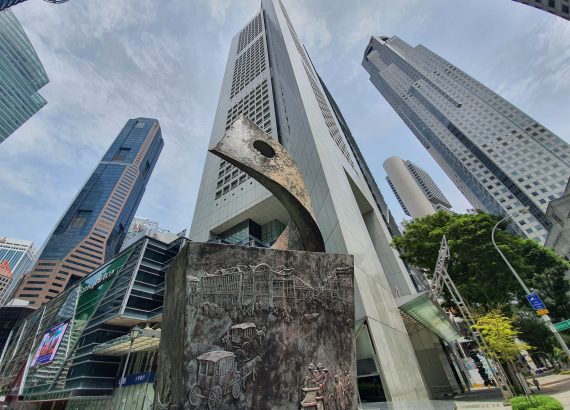3 Trends in The Office Leasing Market Landlords Should Be Thrilled About

Despite the ongoing COVID-19 pandemic that has dealt a heavy blow to the office leasing market of the Asia Pacific (APAC) region last year, property consultancy Colliers has made a bold forecast that office space leasing activity in the region would strongly rebound and see a nearly two-fold growth later this year.

“In 2020, leasing was down 50 percent across the region, and supply outstripped demand by about 2.2 times,” as the majority of employees transitioned to a work-from-home (WFH) arrangement, said Colliers’ Managing Director of occupier services in Asia, Sam Harvey-Jones.
But in the second quarter and for the rest of 2021, he forecasted that leasing activity would recover by 96 percent, bringing the office leasing volume back to levels witnessed in 2018 or 2019. “So, there is definitely light at the end of the tunnel,” Harvey-Jones exclaimed.
The more exuberant outlook on Asia Pacific’s office rental market is due to 3 key trends, which owners of office buildings should take note of.
Growing Popularity Of Flexible Workspaces
One reason why this year appears more auspicious for the region’s office leasing market is that as some businesses downsize their office footprint, many are gravitating towards flexible workspaces. While it isn’t a traditional office space, it means that staff will have the option of working in a brick-mortar workspace, which is still good news for office landlords.
According to a new research published earlier this year by Colliers entitled “The Next Work Experience,” the majority of employees surveyed in the Asia Pacific (APAC) region want to have the option of working in a flexible workspace.
Interestingly, there is a striking difference between the mindset of younger employees and their older counterparts. For staff between the age of 20 and 30, 65 percent of those surveyed are in favour of this type of workspace. On the other hand, 50 percent of respondents aged 40 and above are not in favour.
Given the rising popularity of flexible workspace, Harvey-Jones estimates that 15 percent to 20 percent of the office supply will become more flexible workspaces, which includes an increase in decentralized locations. As for the remaining 80 percent to 85 percent, it is expected to remain as traditional office space.
Most Staff In Asia Prefer To Return To The Office
Based on the latest edition of Colliers’ “The Next Work Experience” study, most workers across various sectors and different age groups in APAC are more inclined to return to the office, or perform their job in a flexible workspace.
“We saw that despite 83 percent of people wanting some sort of WFH option or flexibility, they still want to go into an office 3 or 4 times a week, or they want to go to a flexible workspace,” Harvey-Jones pointed out.
This finding is not surprising. While companies in other parts of the globe can resume full operations while their staff telecommute, this isn’t the case in Asia, where the situation is vastly different.
“In Asia, people don’t necessarily have the infrastructure that allows them to be as productive at home as they would be in the US or Europe, where the average person or family probably lives in a much bigger space,” he explained.
People in the region tend to live in smaller homes or flats, which sometimes house 2 or 3 generations under one roof, making their cramped dwellings unconducive for work. The WFH set-up is also particularly challenging for households with kids.
As a matter of fact, Colliers’ survey found out that many staff living in cities across the region who had to work from home because of the COVID-19 pandemic had to compartmentalise and compromise on personal space. A significant percentage of them had to clear out space or a room at home to be able to work, while a roughly similar proportion had asked family members to be quiet while they work.
Consequently, demand for rental office space in Asia remains robust, Harvey-Jones revealed. At present, the ideal scenario he is witnessing is for companies to give their staff the option of working in the main office or a satellite office.
“What we’re seeing occupiers looking at are a number of hybrid options. Do you go to a decentralized hub-and-spoke model where you have a headquarters in a central business district (CBD), or do you go to the suburbs or elsewhere where there is some sort of satellite office closer to residential areas?” he shared, adding that some companies even enter into deals, wherein their staff across the world can access coworking spaces in their respective areas.
Tech Sector, The Office Market’s White Knight
Without technology firms, the effect of the virus outbreak on Asia’s office property market could have been much worse. In fact, Colliers believes that the tech sector has been a saviour to landlords as the industry has contributed to a 25 percent hike in demand, as tech firms establish offices and data centres.
“Technology is trending as the biggest driver of demand. In most of the major markets in this region in India, Singapore, and China, we’re seeing that upwards of 20 percent to 25 percent of all demand is coming from the technology sector,” noted Harvey-Jones.
More importantly, he is confident that as the tech industry flourishes, it will continue to propel demand for commercial space.
“We’re seeing a huge amount of activity from data centres across the region, including Singapore, Hong Kong, India, and China. More people are online. With more technology there is more need for cloud, and I think it’s just going to continue,” said Harvey-Jones, projecting that the tech sector could grow by 30 percent on an annual basis.
Furthermore, given the fierce competition for talent in the tech industry, tech firms typically put a lot of effort in securing highly-skilled workers. These include ensuring that their office can meet the demands of a post-pandemic world. This means having a best-in-class workspace that is not only eco-friendly, but also promotes the health and well-being of their employees. In turn, this trend could help increase demand for new and high-quality office space.
“I think the number one takeaway for occupiers is how to create an environment whereby you can attract and retain talent. Particularly in the technology sector, there’s a lot of competition to attract talent. This still hasn’t gone away even though there’s been a recession,” added Harvey-Jones.











